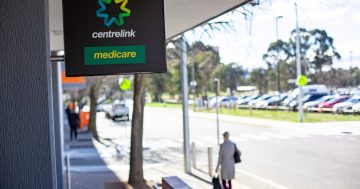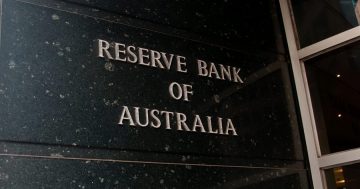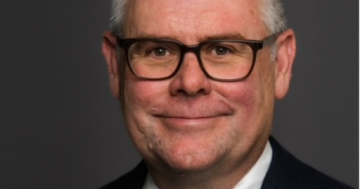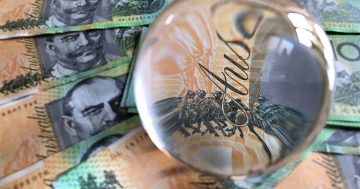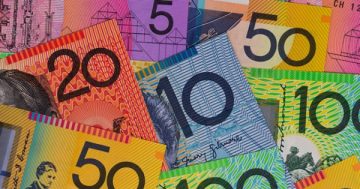
Employment Minister Amanda Rishworth says Australia’s labour market is “incredibly resilient”. Photo: ALP.
Unemployment is up and the Opposition is blaming the Federal Government, but Employment Minister Amanda Rishworth says more Australians are in work than ever before.
The seasonally adjusted unemployment rate rose to 4.5 per cent in September, up from a revised 4.3 per cent in August.
The latest Australian Bureau of Statistics (ABS) data shows it to be the highest seasonally adjusted unemployment rate recorded since November 2021.
The employment-to-population ratio remained steady, however, at 64 per cent.
ABS head of labour statistics Sean Crick said there were 34,000 more unemployed people in September, and the number of employed people also grew, by 15,000, in the same period.
“As a result of these increases, the participation rate rose by 0.1 percentage points to 67.0 per cent,” Mr Crick said.
“Although this is below the record high of 67.2 per cent we saw at the beginning of the year.”
A rise in both males and females seeking work contributed to the increase in the number of unemployed people in September.
The number of unemployed males rose by 24,000 to 370,000, while the number of unemployed females rose by 10,000 to 314,000.
Full-time employment rose by 9000, which was a result of full-time employed males increasing by 23,000 and full-time employed females decreasing by 15,000.
Part-time employment rose by 6000. This was driven by more females employed part time, up 19,000, while males employed part time fell 13,000.
Hours worked rose by 0.5 per cent in September, higher than the 0.1 per cent rise in employment.
Ms Rishworth said the latest labour force data showed that despite an increase in the unemployment rate, Australia’s labour market remained “incredibly resilient”.
She said more jobs were available and also pointed to the economy still settling from the aftermath of the pandemic.
“The number of Australians in work in the last month increased by 14,900, which is a record high. There are 14.64 million Australians in work, and that is a record high,” she said.
“The number of Australians in work has increased by 1.3 per cent this month, compared to the same time a year ago.
“Now, despite the increase in the unemployment rate, the unemployment rate still remains much lower than the relative comparison period before the COVID pandemic.”
The Minister said despite the figures showing a softening, the labour market was in a strong position, even in the face of heightened global uncertainty.
“I would like to note that since our government was elected, we have seen 1.1 million jobs created, and this is better in terms of the rate of jobs and job figures than any other advanced economy,” she said.
“So while there has been an increase in the unemployment rate, I would note that this demonstrates that our expectations are broadly in line with official forecasts, and importantly, 14,900 jobs were added in the last month to the Australian economy.”
The Federal Opposition, however, says the Australian economy is being “crushed” under the weight of Labor’s spending spree.
Deputy Opposition Leader and Shadow Treasurer Ted O’Brien said the ABS figures showed the unemployment rate had reached its highest level since the pandemic and that an additional 34,000 Australians were “thrown into the dole queue” in September alone.
He said it was an “inevitable consequence” of a government that couldn’t live within its means.
“When Labor spends, it’s everyday Australians who pay the price,” Mr O’Brien said.
“When government spending gets out of control, inflation remains sticky, leaving the RBA with no choice but to keep rates higher for longer.”
Shadow Employment Minister Tim Wilson said the government had an “unsustainable strategy” of public spending.
“These unemployment numbers come despite analysis showing eight in 10 jobs are being created by public spending, and nine in 10 in Victoria,” Mr Wilson said.
“The only solution this government has to rising unemployment is to borrow more and spend more, leading to higher inflation and higher interest rates for every Australian.”
The ABS statistics also show the underemployment rate rose by 0.2 percentage points to 5.9 per cent in September.
This is 0.3 percentage points lower than September 2024, and 2.8 percentage points lower than March 2020.
The underutilisation rate, which combines the unemployment and underemployment rates, rose by 0.4 percentage points to 10.4 per cent.
This is 0.1 percentage points higher than September 2024, and 3.5 percentage points lower than March 2020.
Original Article published by Chris Johnson on Region Canberra.



